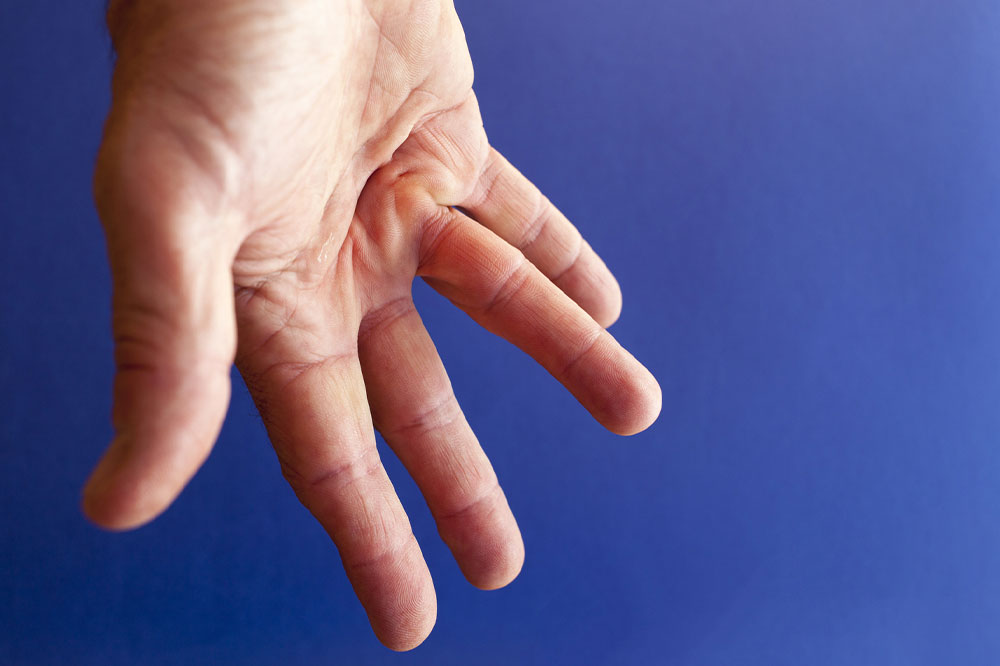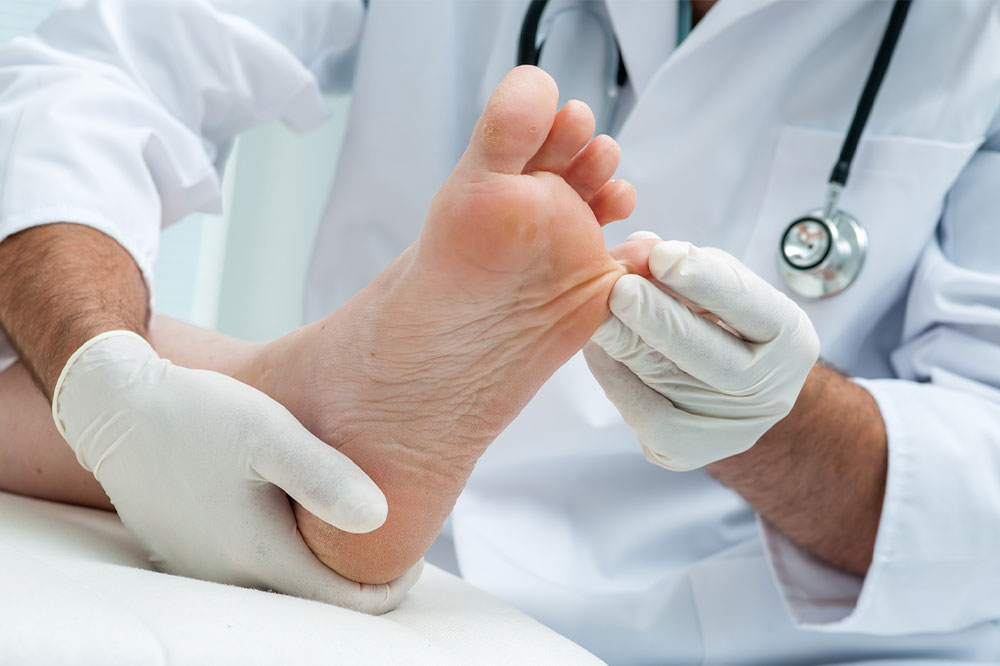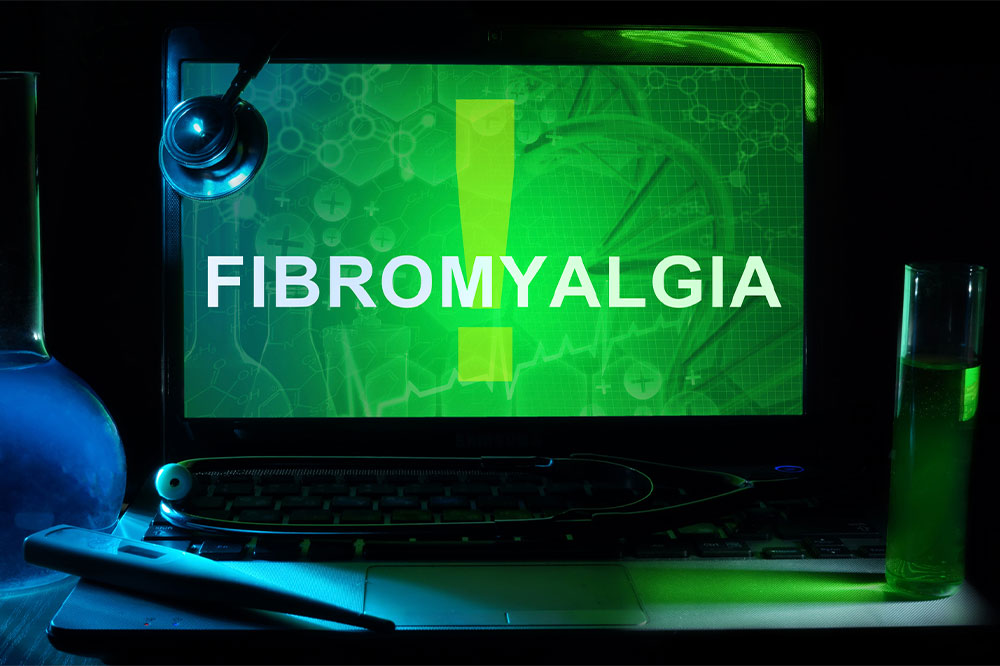Comprehensive Guide to Psoriasis and Treatment Strategies
This guide explores psoriasis, detailing its symptoms, types, triggers, and available treatments. While no cure exists, various therapies help control flare-ups and improve quality of life. Consulting healthcare professionals is essential for tailored management. Learn about effective options including topical creams, systemic medications, light therapy, and natural remedies to alleviate symptoms and prevent complications.

Psoriasis is a chronic, unpredictable skin condition characterized by rapid skin cell growth, leading to thickened, inflamed patches covered with silvery scales. Commonly affected areas include the scalp, elbows, knees, palms, soles, and torso. Symptoms often include red plaques, itching, pain, cracking, bleeding, and nail changes such as pitting and discoloration. Psoriasis can also be linked to psoriatic arthritis, causing joint pain and swelling. It manifests in various forms, including pustular, guttate, inverse, and erythrodermic psoriasis, each with unique features and triggers. Although there's no cure, treatments like topical therapies, systemic medications, phototherapy, and natural remedies can manage symptoms effectively. Consulting a dermatologist is critical for personalized care and optimal management of this persistent condition.










